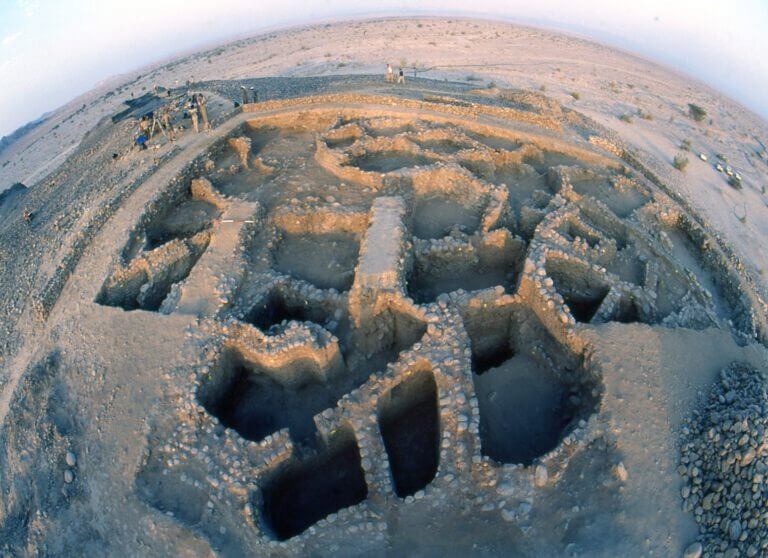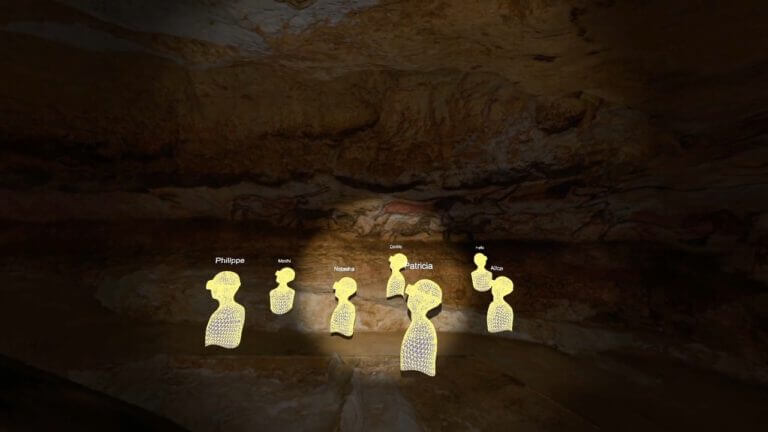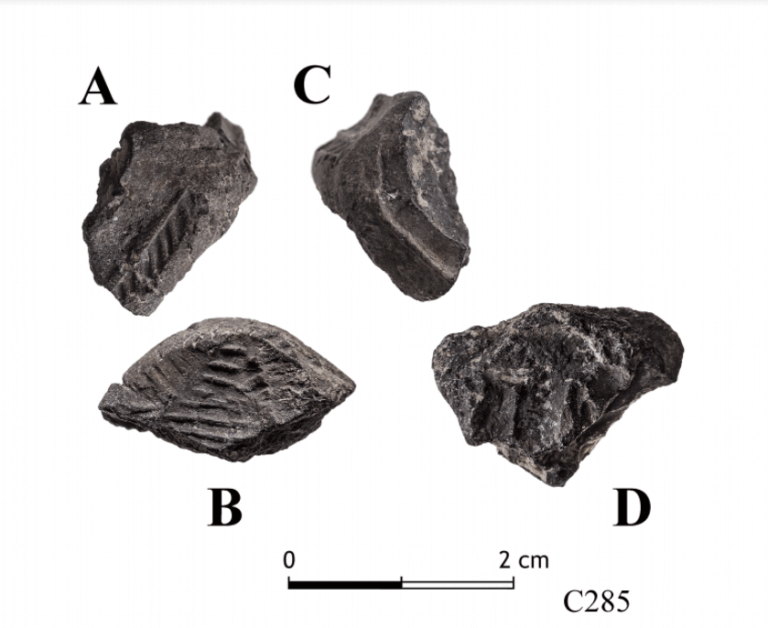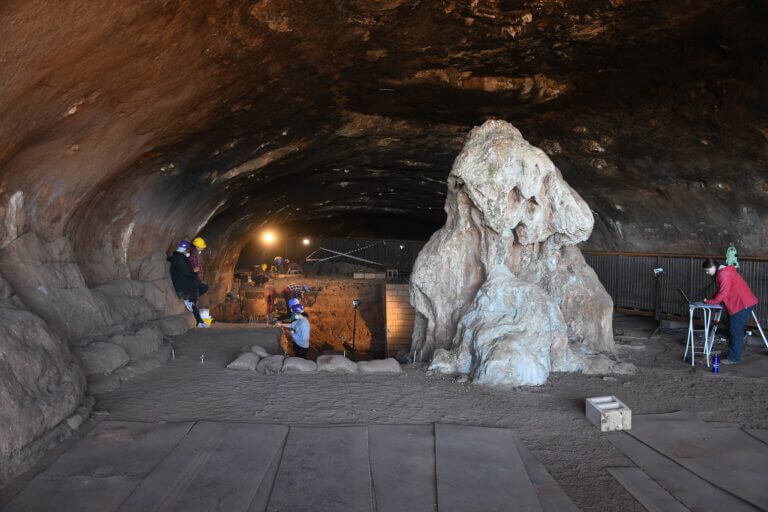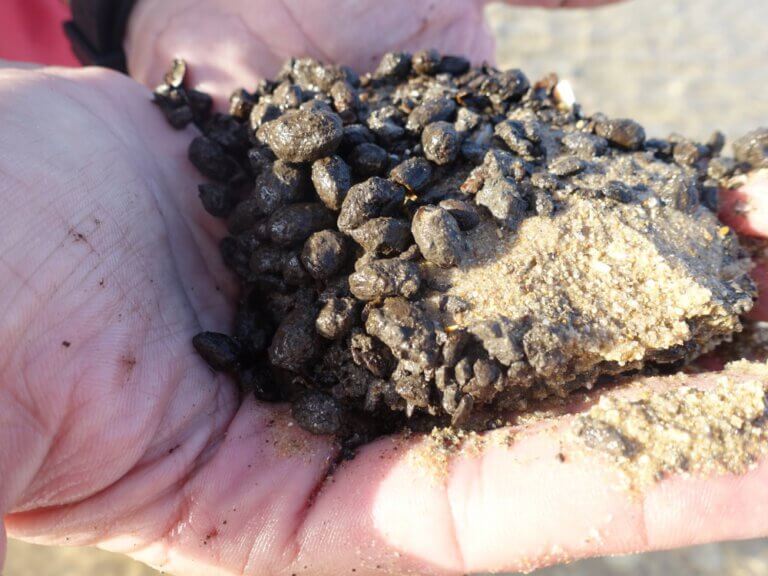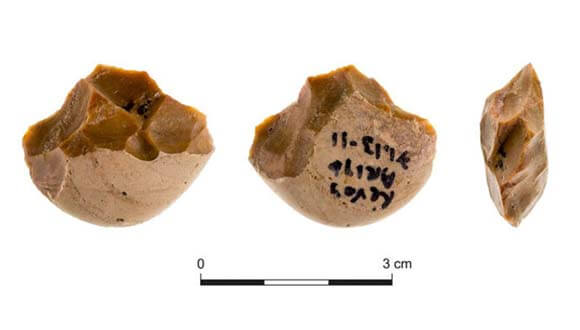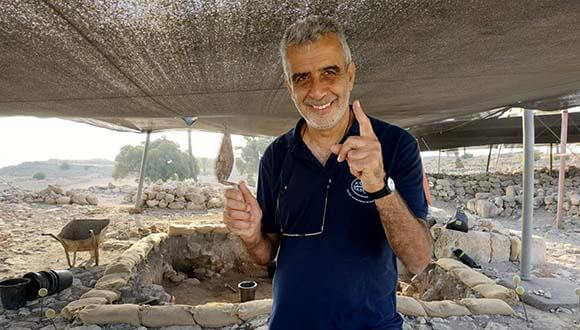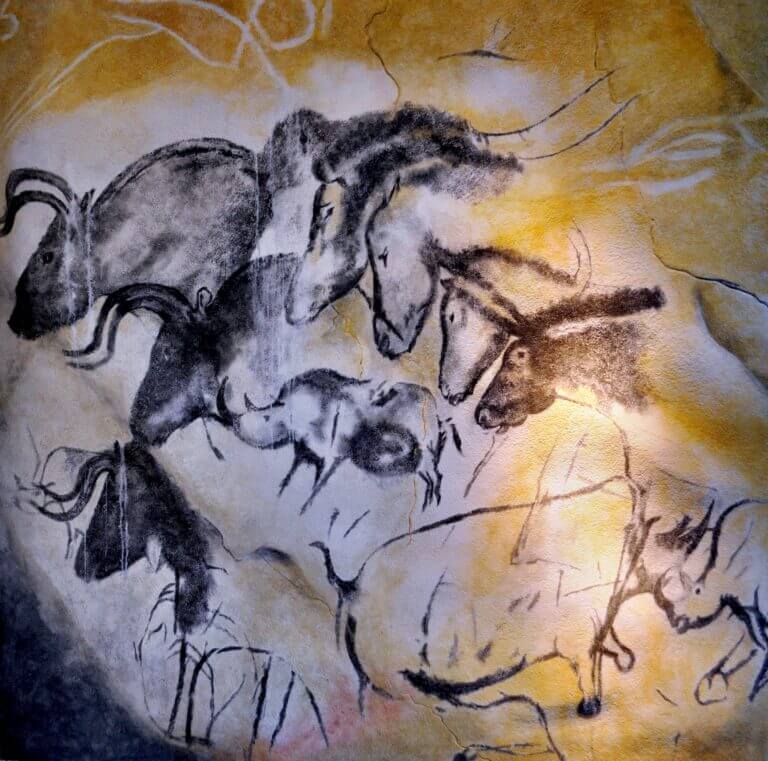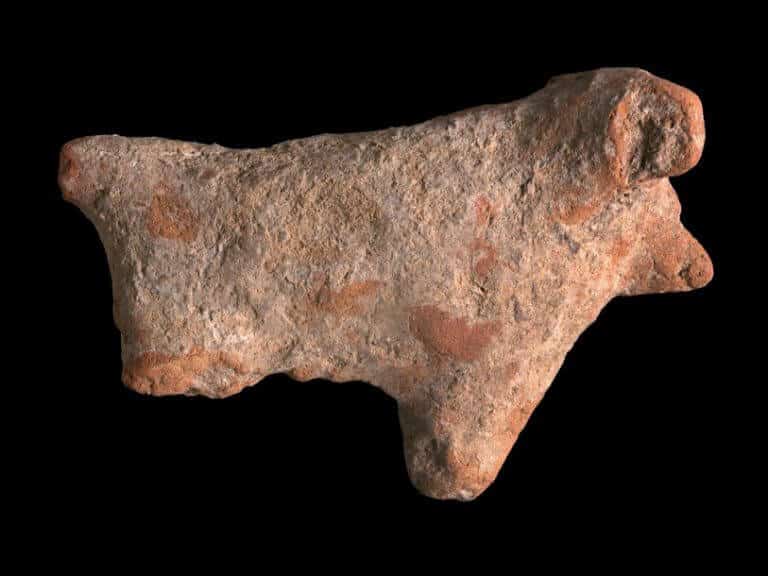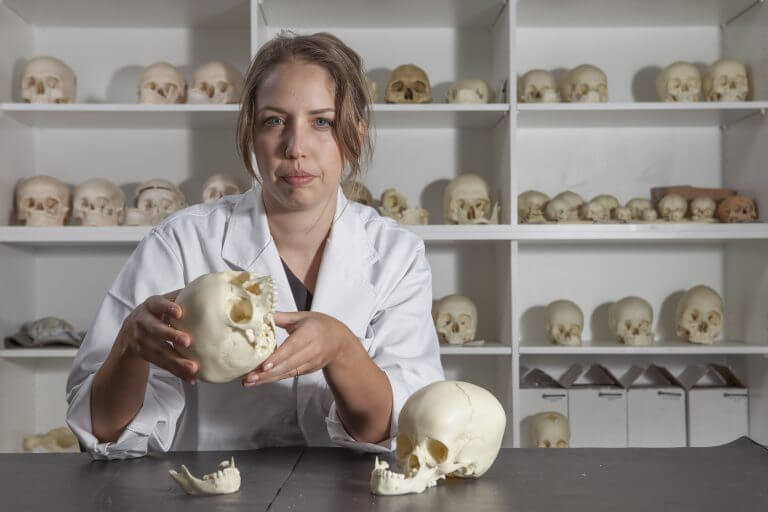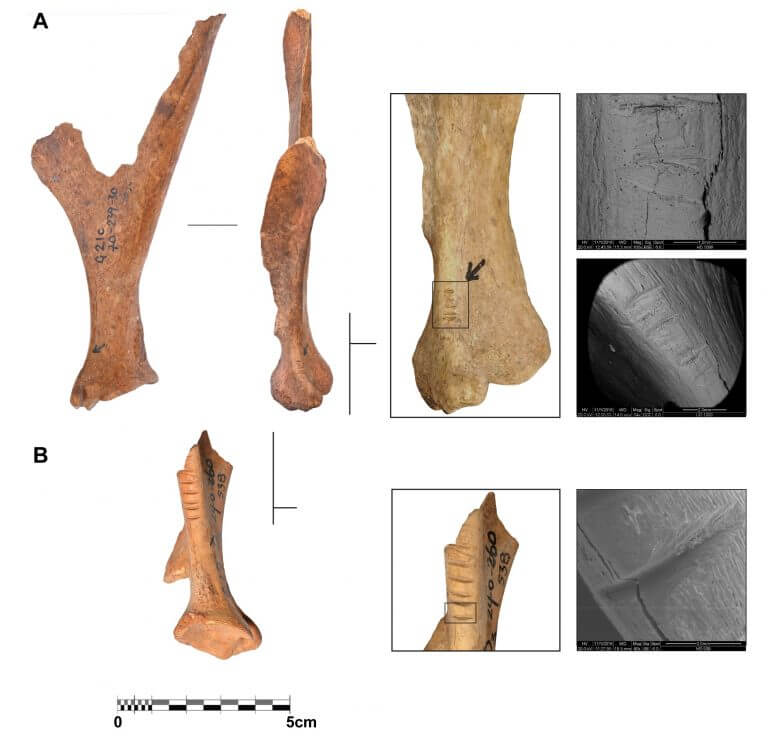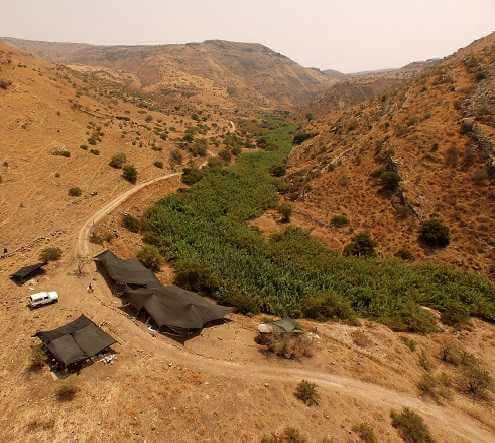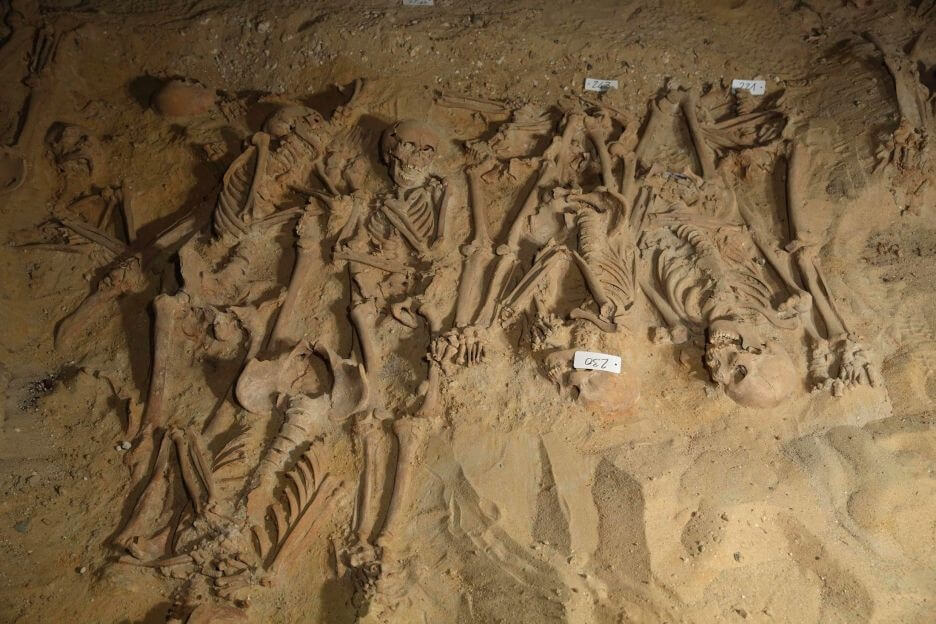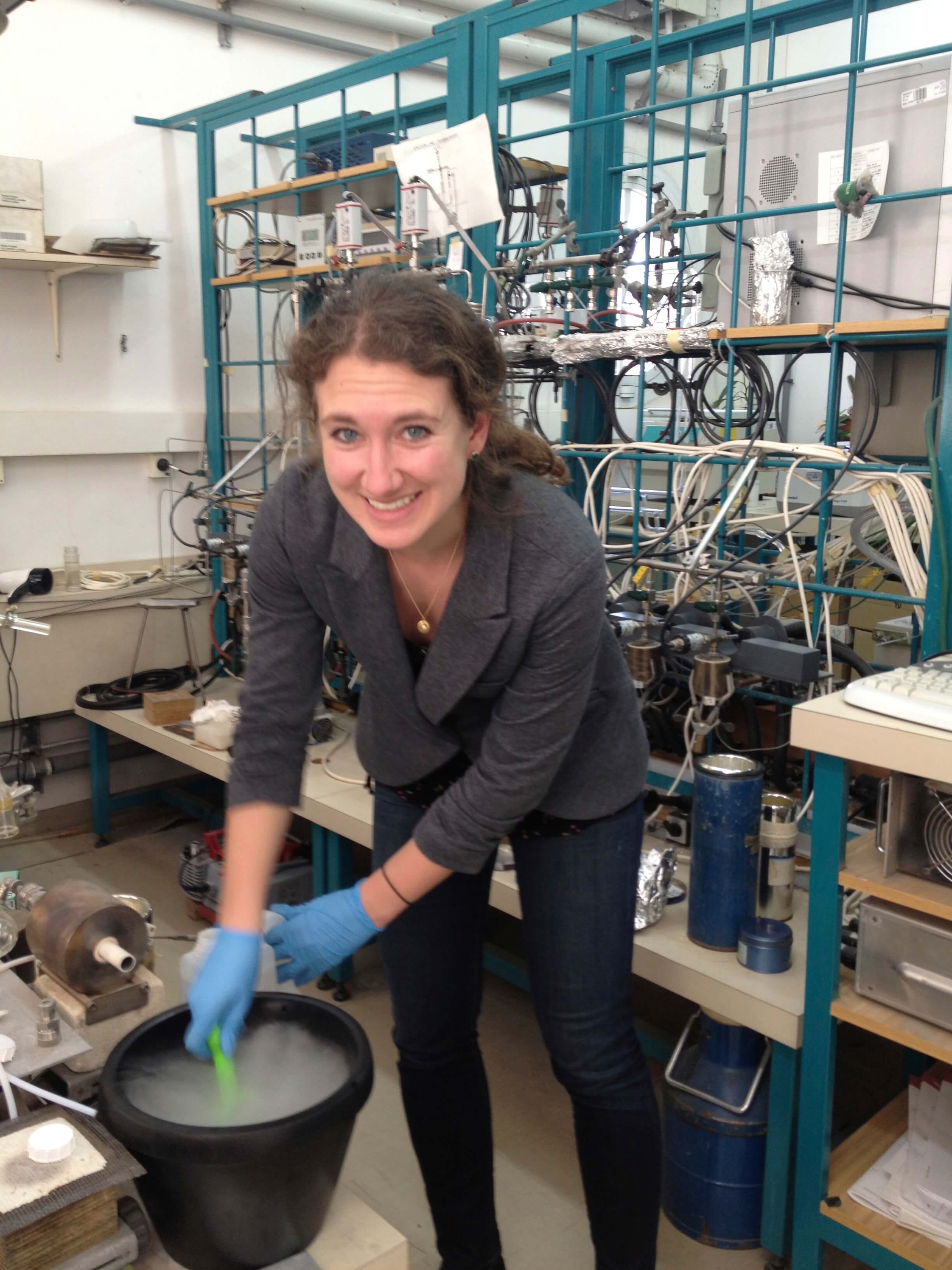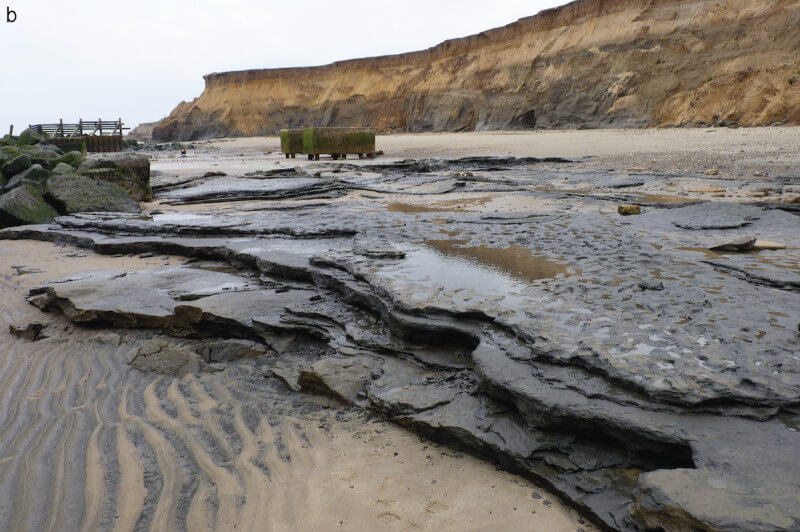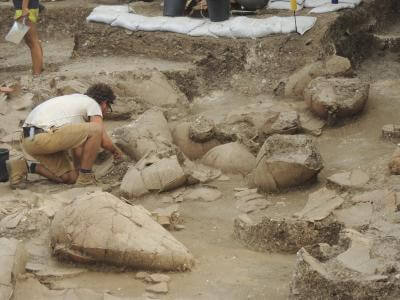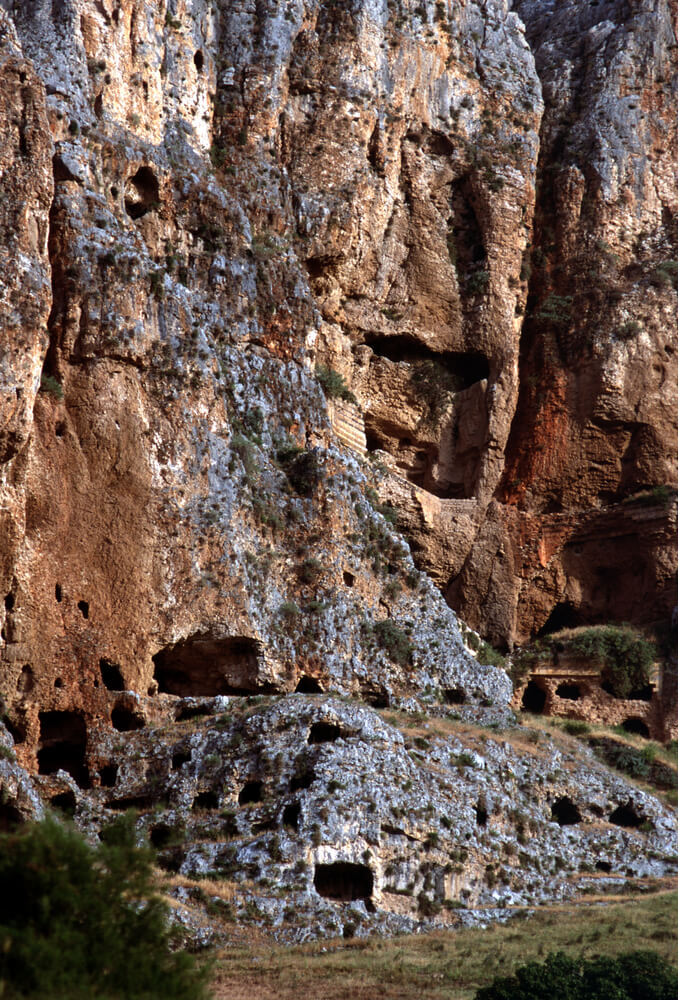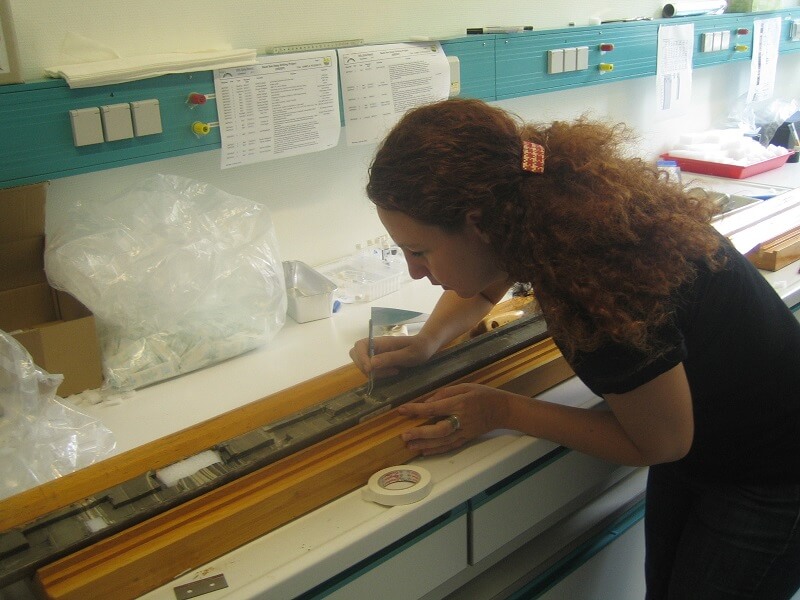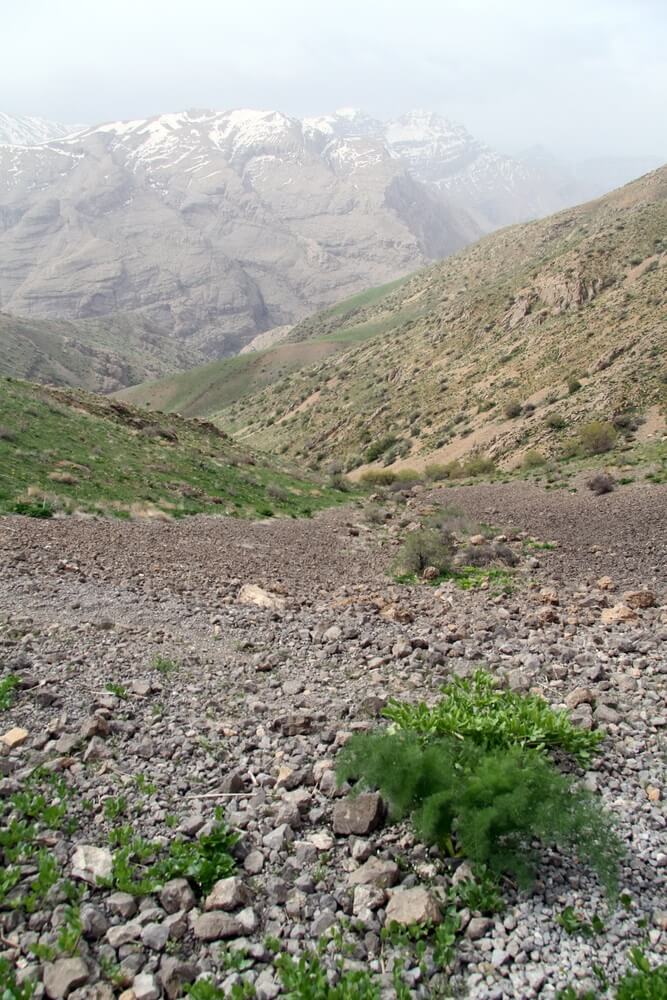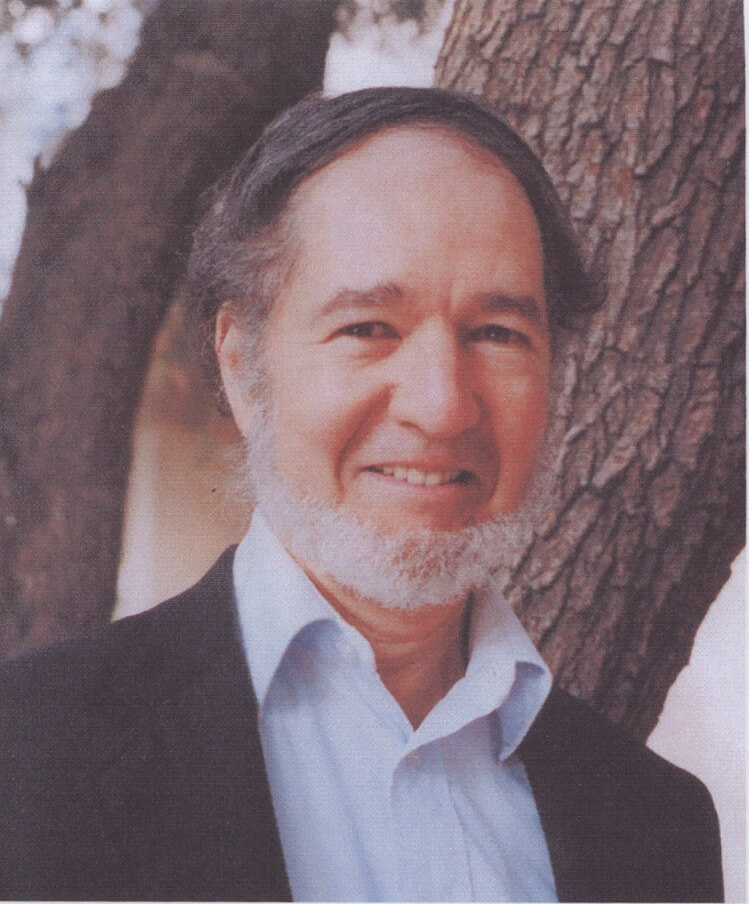Hayadan > History cow
History cow
- Tel Aviv University
- August 22, 2021
- 3 תגובות
Burnt flint tools from prehistoric sites make it possible to determine the strength of the Earth's magnetic field in ancient times. The information about the magnetic field in ancient times may have implications for the understanding of the magnetic field in our time. The researchers: "About 7,600 years ago the strength of the magnetic field was even lower than today, but within about 600 years the field strengthened and rose again to a high level."
- The science service
- July 30, 2021
- One response
Leskov Cave, which has been closed to the public since 1963 and the possibility for experts to explore it is also limited due to fear of damage, has undergone a digitization process and now you can visit a virtual twin prepared by Dassault Systèmes without fear of damaging the cave
- The Hebrew University
- June 11, 2021
The rare seal impression that was found is the earliest evidence in Israel of the use of a seal for signing shipments or locking doors. The seal dates to the Middle Chalcolithic period, about two thousand years before the appearance of writing
- The Hebrew University
- April 28, 2021
Researchers from the Hebrew University and the University of Toronto found that the ancient hominids settled in caves and began making tools as early as 1.8 million years ago in South Africa: "The study reliably confirms and establishes our previous estimates regarding the ages of the first settlement in the cave, the changes in stone tool production technologies and the first deliberate use of fire "
- Haifa University
- February 4, 2021
Researchers from the Hebrew University, the University of Haifa, the Technion, Aviv University, the Volcanic Institute and other research institutions from Israel and the world discovered the find at a site from about 6,500 years ago that sank into the sea. In this way, the discovery predates the ancient evidence that was known until now by about 4000 years.
- Tel Aviv University
- January 25, 2021
The layered site, which was apparently used by humans of the late Homo erectus type, was a favorite site, to which the humans returned again and again. Bone remains of a wide variety of animals were found on the site - elephants, cattle, elk, donkeys and more, which were used as food for the residents
- Tel Aviv University
- December 24, 2020
The research focused on food residues identified in dental stone of people buried in Tel Megiddo and Tel Irani (near Kiryat Gat). In the teeth, dating to the 16th century BC in Megiddo and the 11th century BC in Tel Irani, remains of various foods were found, including foods from Southeast Asia such as soybeans, bananas and turmeric.
- Avi Blizovsky
- December 18, 2020
- 3 תגובות
Hundreds of meters of realistic wall paintings, the oldest of which are 36 thousand years old, depict vivid and sometimes even three-dimensional descriptions of the local nature at the same time when herds of cattle and wild horses roamed the area, lionesses hunted for prey, and more. The cave was discovered in 1994, and about twenty years later a replica of it was opened to the public in order to prevent damage to the original cave
- Israel Antiquities Authority Archeology
- July 17, 2019
- 4 תגובות
- Avi Blizovsky
- September 28, 2018
- No comments
- The Hebrew University
- May 1, 2018
- 4 תגובות
- Avi Blizovsky
- February 6, 2018
- 5 תגובות
- The Hebrew University
- March 4, 2016
- 3 תגובות
- National Academy of Sciences
- November 5, 2015
- 2 תגובות
- Avi Blizovsky
- April 2, 2014
- 29 תגובות
- Haifa University
- March 31, 2014
- 7 תגובות
- Avi Blizovsky
- February 8, 2014
- 9 תגובות
- Avi Blizovsky
- January 29, 2014
- 2 תגובות
- Avi Blizovsky
- November 23, 2013
- 6 תגובות
- The science service
- October 31, 2013
- 4 תגובות
- Avi Blizovsky
- October 24, 2013
- 8 תגובות
- Avi Blizovsky
- July 9, 2013
- No comments
- Avi Blizovsky
- January 3, 2013
- 2 תגובות
- Itai Nebo, editor of the Davidson Institute website
- December 14, 2012
- 18 תגובות
- Dr. Asaf Rosenthal
- February 25, 2012
- 57 תגובות

